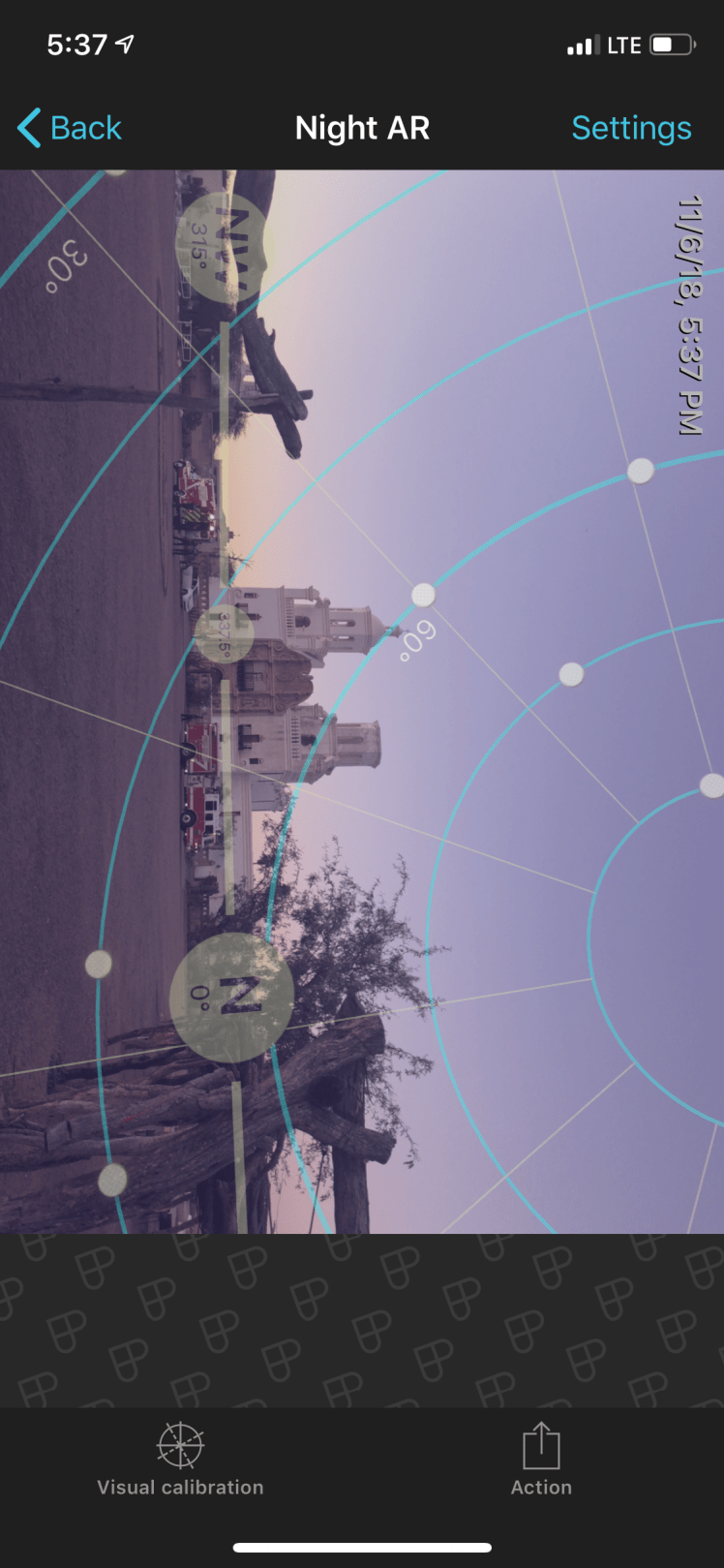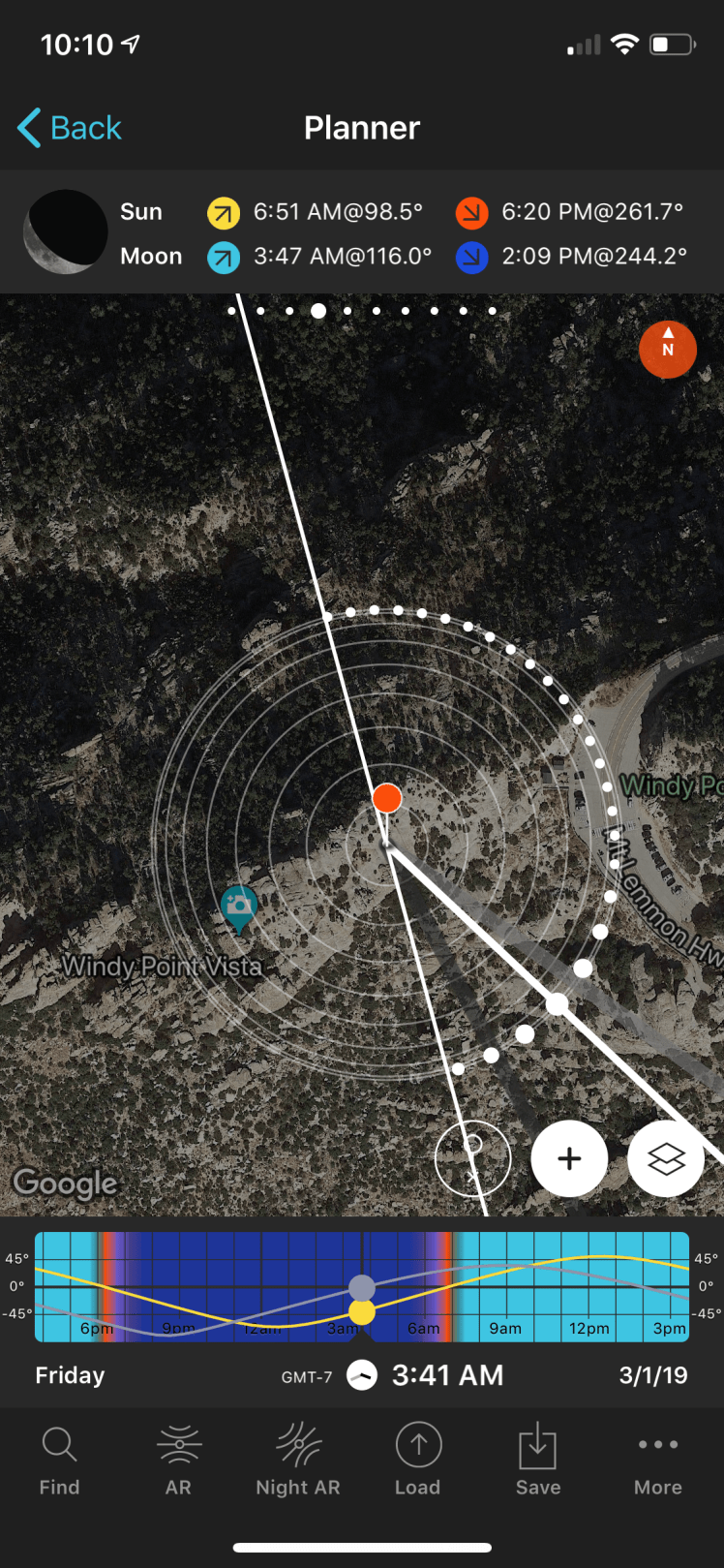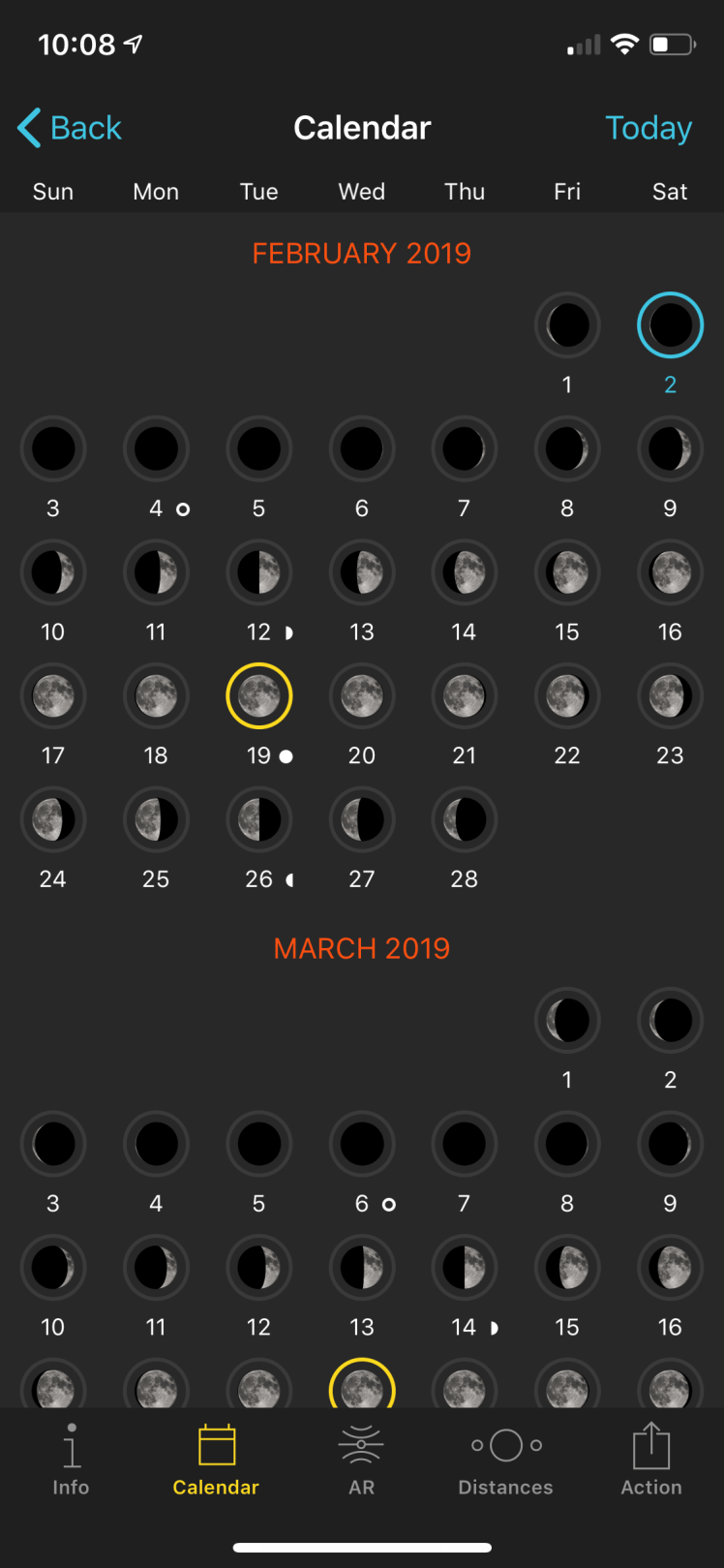Finding the Milky Way – Just look up?
Finding your way in the night sky…
Finding the Milky Way shouldn’t be that hard right?? It’s big and it’s in the sky. You should just be able to look up and shoot. You’ll find it there somewhere, right? Well, let me tell you a short story.
EXIF: Camera: Sony A7RIII Lens: Foreground: Canon 16-35 2.8 L Filters: None ISO: 200 Aperture: f/4 Shutter: 16 minutes # of Images: 6 Processed: Lightroom, Photoshop and DXO NikThe first time I ventured out to shoot the Milky Way it was late October. I am out in a fairly remote area with limited cell coverage. I had a great foreground element, an airplane of all things. How cool was this going to be?!? I’m sitting there around 9pm and I decided to lug my camera out and setup. I figure I would see what awesome images I can capture. Notice anything wrong with this so far? Just about everything. I was not prepared to say the least. I couldn’t remember what settings to use. Focusing in the dark, I decide I’ll wing it (that’s what autofocus is for, right?) I just needed to look up and everything would fall into place. Needless to say, I didn’t walk away with an award winning image. I got stars though and that was a start! The start of what has become a bit of an obsession for me and many others!
One thing I have learned is that shooting the Milky Way takes some planning and patience! Below are some things to take into consideration so that, hopefully, your experience goes a little better than my first one did!
Hunting Season or Milky Way Season…
Hunting season? We are talking about the Milky Way right? The little rock (Earth) in the galaxy we call home is located in the Barred Spiral Galaxy (mind blown!) Our relatively little solar system resides in one of the outer arms of the galaxy (see the image below). The center bar of our galaxy, the galactic core, is the photogenic part many photographers love to capture because of the extreme density of the stars. As you move out of the core the star density spreads out and while amazing to look at, it isn’t quite as photogenic.
As we sit here spinning on our little rock in the corner of our universe, we rotate around the sun. As a result, that galactic core I mentioned isn’t always visible. While there is a lot out there to see and capture, you’re not always going to capture what you want, when you want it, or where you want it to be. While I know some people feel the Earth revolves around them, that is just not the case when we take pictures! Milky Way Season or the Hunting Season typically runs March through October. On either end of that timeframe, it’s really up to your determination and willpower to capture the core.
Early in the year, the Milky Way is visible in the early morning hours for mere minutes. As the months continue into March and through June, you have great opportunities to capture stunning panoramic images that stretch from the southern horizon to the northern sky.
EXIF: Camera: Sony A7RIII Lens: Foreground: Canon 16-35 2.8 L, Sky: Rokinon 24mm Filters: None ISO: Foreground: 400, Sky: 10,000 Aperture: Foreground: f/11, Sky: f/2 Shutter: Foreground: 1/4 second, Sky 13 Seconds # of Images: Foreground: 8 frames, Sky: 8 frames stacked (3L 10D) for noise reduction Processed: Lightroom, Photoshop and DXO NikDuring July and August you can capture breathtaking vertical images of the Milky Way stretching right over your head! Towards the end of the season you’re only getting minutes of good visibility before the core sets below the western horizon.
The information below gives an approximation of how long the core is visible in the northern hemisphere.
*usual disclaimer here: times are approximate for the northern hemisphere and obviously can change based on your physical location on our rock.
Technical Details: Camera: Sony A7RIII / Sky Watcher Star Adventurer Lens: Rokinon 24mm Filters: NiSi Natural Light Filter ISO: Sky 2000 / Foreground 12,800 Aperture: Sky f/5 / Foreground f/2 Shutter: Sky 120 seconds / Foreground 30 seconds # of Images: Sky 19 (9 Light & 10 Dark) / Foreground 1 Processed: Lightroom, Photoshop and DXO NikOther things to take into consideration…
Wouldn’t it be nice if all the information need to capture the perfect Milky Way shot was when and where to look? However, besides the sun there is this other extremely bright object in the sky, the moon! Just like our lives and midlife crisis, the moon also has phases! Moonlight can be good and can be used to your advantage to light your foreground. However, if the moon is too bright, really more then 30%, it’s really going to washout the sky and make capturing the stars next to impossible. The new moon is one phase that will give you the most optimal conditions. During this phase there is no moon. That’s right, a full night of galactic awesomeness all to yourself! Aside from the moon phases, you will want to pay attention to the location of the moon. If it is too close to the core isn’t a good situation either.
Aside from the moon, we have lots of weather events that occur here on our rock! Just when the stars align and the moon is sitting nicely out of the way, those pesky clouds just have to move in and cover up the sky! Personally, a little bit of clouds looks good. I even like those thin wispy clouds, because they give the Milky Way image a dreamy look! But none the less, one more thing to take into consideration before heading out to shoot!
Where to look…
Now that you know when to look up and what to avoid, where exactly are you looking? After letting your eyes adjust to the dark, you can usually start to see the Milky Way in the night sky. The core is much like the sun, rising in the east and setting in the west. During the early months you will see the core rise on the south, south-eastern horizon. It will continue along that path until setting on the south-western horizon. Once the sun sets the core will have already risen over the horizon and may be on its way down, especially in the summer months when days are longest.
Now there are lots of ways to find the Milky Way core. Someone uber smart, way more than me, could look up the sky, access their internal mental constellation database and connect the stars in their vision to find the Milky Way. I love the night sky but like so many other things, there is an app for that! Actually more than one, but there is one I use the most is PhotoPills!
PhotoPills is available on Apple and Android platforms for about $10 and is well worth the money. This app is like a swiss army knife. Just when you think you knew everything about it, out pops some other functionality that blows your mind and you question how you have lived without it!
There is an entire guide put together by the awesome people over at PhotoPills. I’m not going to recap it but I will point out a few key components of the application that will be most useful:
https://www.photopills.com/user-guide
2D Planner – Allows you to go to a location on the map, set the date and time, and have all of the information at your fingertips. It has the core position, moon phases, sunrise, sunset and all of the times in-between.
Moon Calendar – Provides a quick view and loads of details about moon phases laid out in a calendar view.
Night AR – Set the date, time, and point your phone up to see exactly where the Milky Way is going to be. This is extremely valuable for planning those shots while you are in the field!
That’s a wrap y’all!
I hope you enjoyed it. Get out there to capture some amazing night sky images!
Did I forget anything important in here that you would have pointed out?











